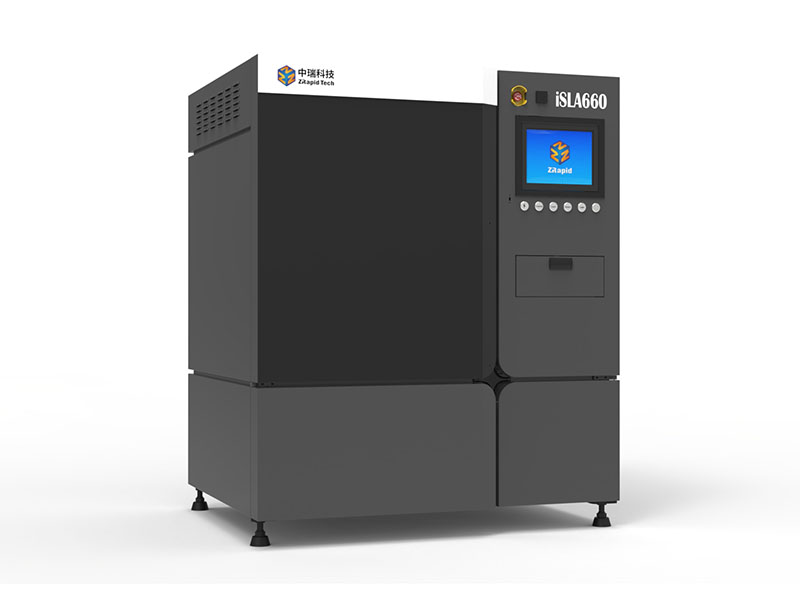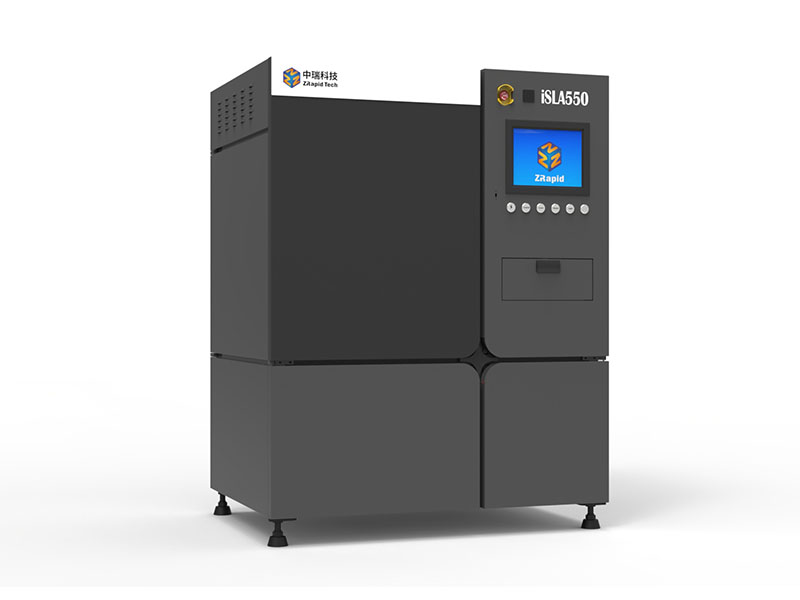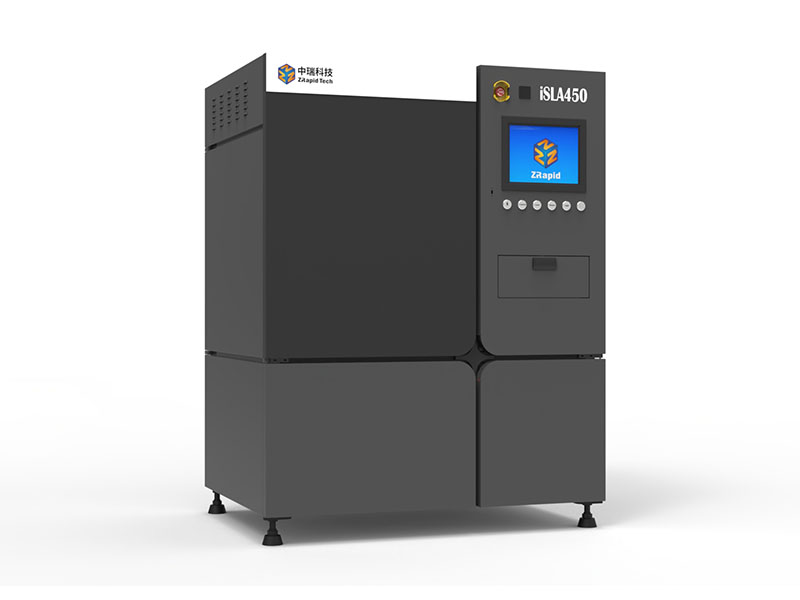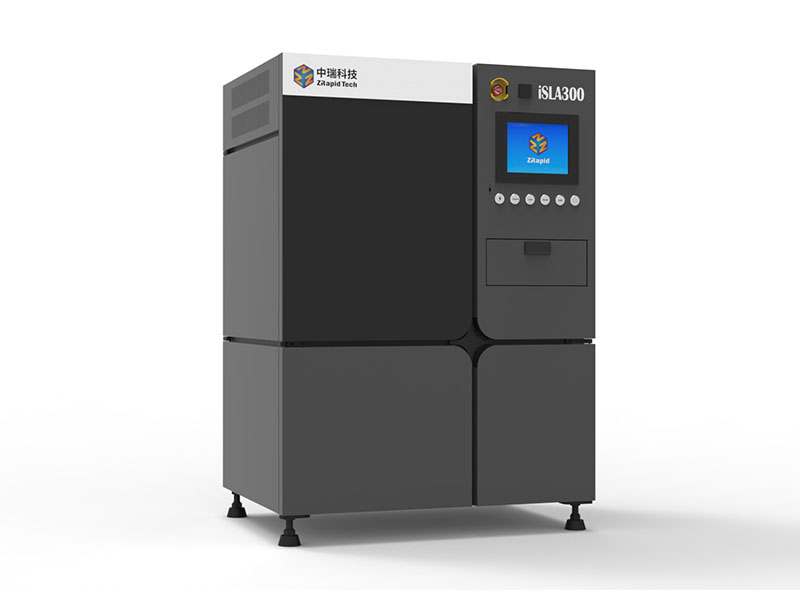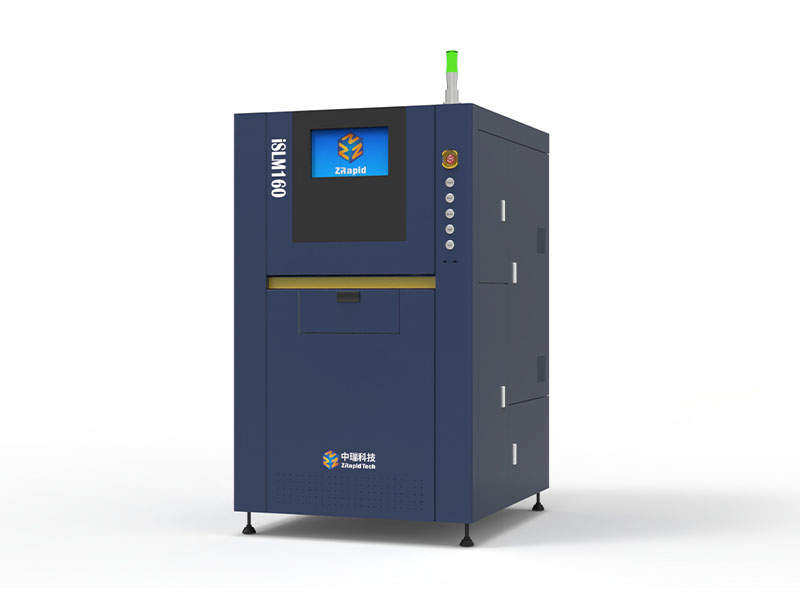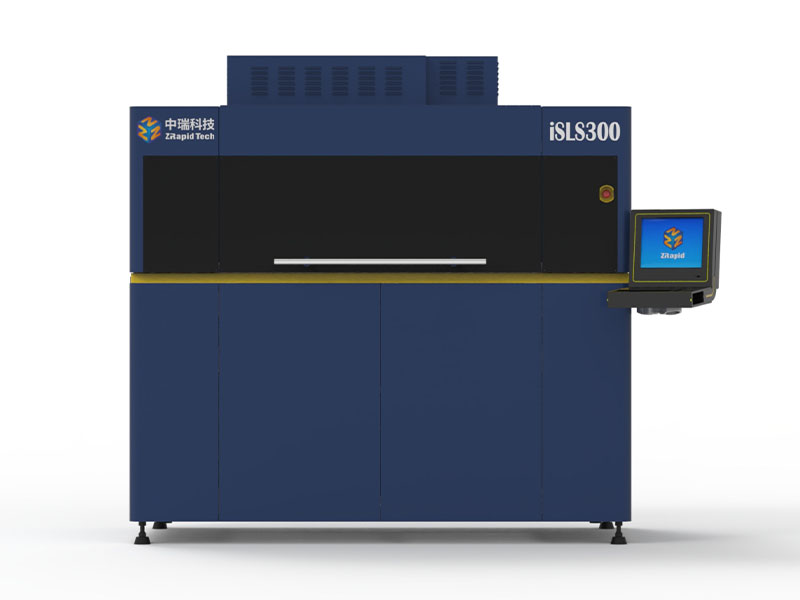Automotive
3D Printing and Automotive
With the "Industrial 4.0 concept" constantly thrown, 3D printing, as one of the core of the revolutionary Technical Support, in recent years, has once again pushed to the market "crater", it has been applied to a number of industries. Automotive and parts manufacturing is the prior promoting field of 3D printing technology. The advantage of 3D printing technology is that it can eliminate the development of mold parts for complex knot metal parts, shorten the development cycle of new products, save more manpower / financial resources and time. In addition, 3D printing technology can make metal parts mechanical properties and precision to achieve the indicators forging parts, to ensure the accuracy and strenth requirements of the auto parts.
In fact, 3D printing is not a new concept, it has nearly three decades of history, but the emergence of 3D printing car is not far away from us. In the first half of 2013, a car called Urbee 2 was born, and its predecessor Urbee was launched in 2010, but at that time because the various problems, it only stay in the concept stage. Urbee 2 contains more than 50 3D printing components, but compared to the traditional manufacturing process, it is very streamlined. In addition to the chassis / power systems and electronic equipment, more than 50% of the parts are printed from the ABS plastic. It is reported that the production time of Urbee 2 is 2500 hours. That is, it also needs more than 100 days to print such a car day and night.

At present, 3D printing from our company used in automobile manufacturing has five major aspects:
- For design;
- Direct production of complex parts;
- The production of lightweight components on the car;
- Customized special parts and testing equipment;
- Vehicle model production;
3D printing in automotive applications in the graphic:

The basic type of 3D printing (additive manufacturing) technology

The Impact of 3D Printing on the Automotive Industry
(A) Design level
Traditionally, when the planner designs a car, he needs to start with a drawing, and then using the design software to visualize the appearance of the car into an accurate data and 3D model.If there is no 3D printing skills, the next step is the sludge model.

The designer should first like a carpenter, knocking on the production of the skeleton of the car; and then, like the masons, mix the talcum / petrolatum / industrial wax to get the production of sludge, and then layer upon layer to the skeleton; in the end, like the artist, shape the sludge to make the final model to check the paper / computer model in the actual shape. The process is still the process of handicrafts, which takes lots of time and efforts.Using 3D printing, as long as the planners put computer-made 3D model into the 3D Printers, 3D printer will soon be able to print out the sludge mode, the efficiency can be greatly improved. One step into the information age. Not only the body shell, the car parts such as shift handle / dashboard / glove box / door handle ... ..., there is a process from the computer to the physical.

Using 3D printing skills, engineers can do the model planning on the computer, designers can get the entity's print model only after a few minutes, and then each professional staff in the entire development team can amend the model based on the print model, and instantly share the improvement of the design with other people in the team, complete the "WYSIWYG", to achieve a substantial power increase in the design of the car.

(B) The development level
The greatest advantage of 3D printing skills is the ability to produce high-precision, complex parts quickly and easily, and there are many high-precision parts in the car that are complicated and small in size. 3D printing can print directly to meet the needs of parts to lower costs, such as F1 racing / luxury car / some parts of the Supercar.

For the parts which demands for mass production, 3D printing, due to material and cost, may not be applicable. But 3D printing can make spare parts, especially those parts that are very complex in appearance and high demand for accuracy, and high demand for calibration. 3D printing can quickly make a series of finely distinguishable test parts to help open the most suitable parts to ensure that the production is selected the best parts, and the resulting advantage is to enhance the entire development power, shortening the releasing cycle, and reducing the time and cost, such as exhaust manifold / differential shell / rear axle and other parts have used this method for prototype development. Inductive, 3D printing can significantly reduce the cost of car development process and the production process, and improve the work power, reduce the development of new models and new parts, which will reflect the car's offer and quality, the better quality, better skills / cheaper car will appear widspreadly due to 3D printing, consumers will benefit from it too.
3D printing and automotive prototype and design verification
The following figure shows the car tire prototype which is custom made for Bentley, tire and wheel are completed at one-time manufacturing, with the original car tires size: 1: 1; material name: VeroGrey; printing time: 188 hours 28 minutes; material consumption: 24995g ; Support material consumption: 27413g

The bottom of the car mat is hard plastic, the above is rubber material which can be folded. When printing such a large product like 1000x800x500mm, iSLA1100 came in handy, not only 1: 1 size manufacturing car, prototype for aerospace industry can be produced, but also the cost is economy.

Car's body is integrated and can be printed in full with 3D Printers. Removable seats allow customers to choose their favorite interior colors and materials to print. Add carbon fibers in the printing material to print the headlamps / mirrors / windshields and the electronic components to enhance their strength, achieving a “good balance between innovation / complexity and practicality.”

The main components of Blade are made from aluminum alloy and carbon fiber, the car is very light, the speed is very fast - it is faster than McLaren P1, power weight ratio is 2 times bigger than Bugatti Veyron. It can be speeded up from 0 to 60 miles per hour in in just 2.2 seconds (McLaren P1 is 2.8 seconds). It weighs only 1,400 pounds and installs a 4-cylinder 700-horsepower dual fuel internal combustion engine that can use gasoline or compressed natural gas as fuel. The chassis is made up of approx. 70 3D printed aluminum nodes, it only takes 30 minutes for the workers to assemble the chassis manually. While the chassis itself weighs only 61 pounds.

Automotive interior
Peugeot

BMW

Bentley

Car seat
Toyota cars and Materialise designed the car seat to make the seat lighter and more comfortable. Car seat low gravity density area adopts hollow processing to bring double benefits. On the one hand, to create a larger cooling capacity. On the other hand, saving a lot of material. In fact, the car seat weight reduction is up to 72%, 18 kg lighter than the original one.

Engine block
The European racing team improved the engine performance of their racing car through 3D printing technology, which was completed by the technical department of FIT Technology Group in Santa Clara, Calif., and FIT developed a new engine cylinder head through SLM Selective Laser Melting Technology. The surface heat dissipation area of the cylinder head is significantly increased by the selective laser melting solution, reducing the vibration and weight. The result is a reduction of 66% of the cylinder head weight from 5095 grams to 1755 grams and the volume is reduced from 1887 cubic centimeters to 650 cubic centimeters, while the surface area of the cylinder head increased from 823 square centimeters to 6052 square centimeters, the complex structure is mainly realized by lattice structure, which brings more efficient cooling performance, while the cooling performance is critical to the racing car’s performance.

Pump wheel
The following components are manufactured using selective laser melting (SLM) technology, SLM technology manufactures 3D objects primarily by using laser melting metal powder, the part is installed in a powertrain system for a BMW DTM racing car. So that BMW can quickly iterate the pump wheel, even if necessary, it can be customized without molds producing according to the specific conditions of the game, the cost of modified parts is close to zero.

Cooling system
The technology development of heat exchangers has been almost stagnant over the past 20 years, and due to the traditional / reduced material manufacturing methods, there are many limitations on processing. With the development of 3D printing powder bed selective laser melting technology (SLM), the 3d printed heat exchanger not only reduces the weight, but also improves the heat exchange contact efficiency and enhances the overall performance of the heat exchanger.

Other parts
Bentley try 3D printing technology on Speed 6 concept car boldly, the door hinge of Speed 6 is printed with metal 3D printer, and its hollow structure looks like an abstract British flag.




